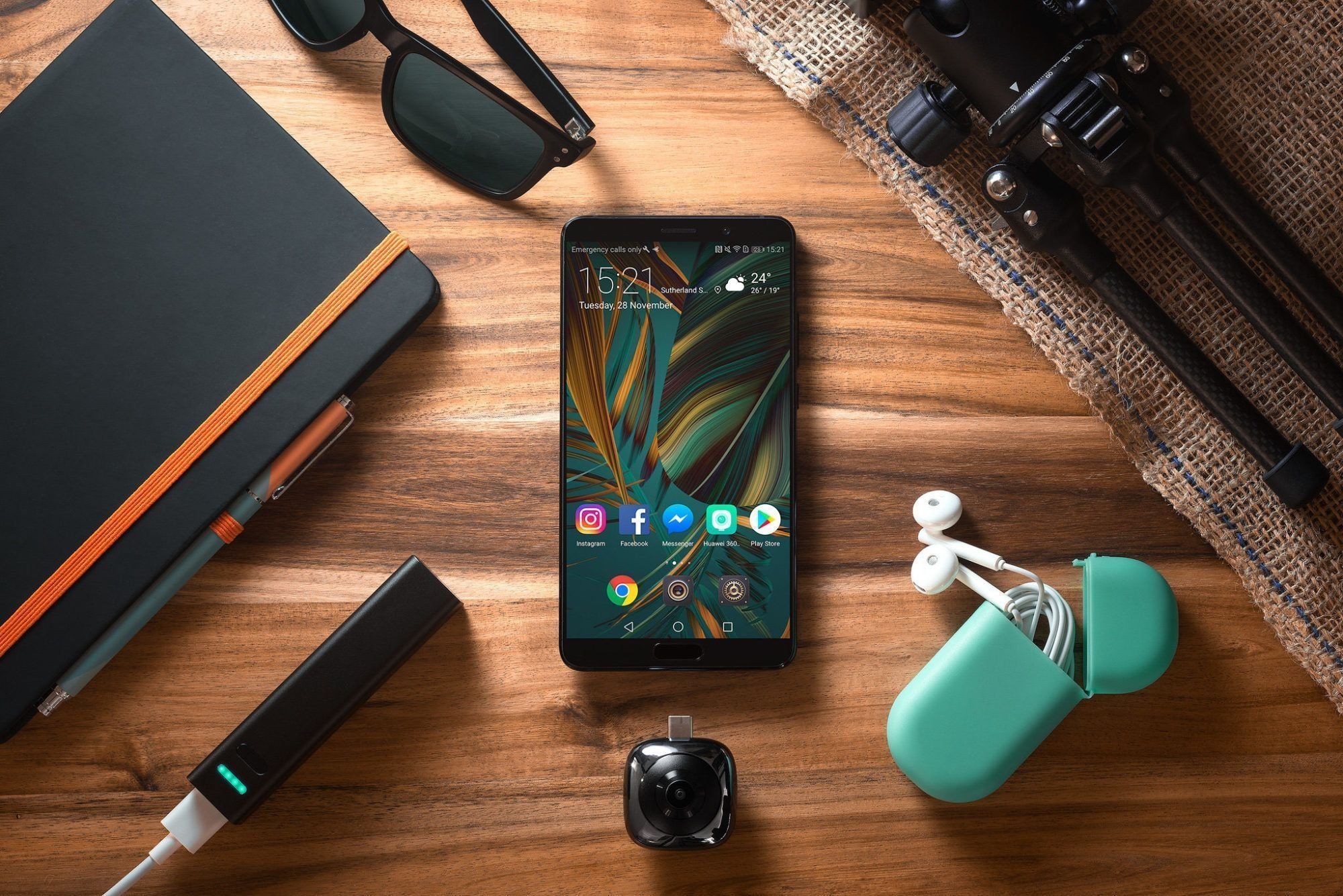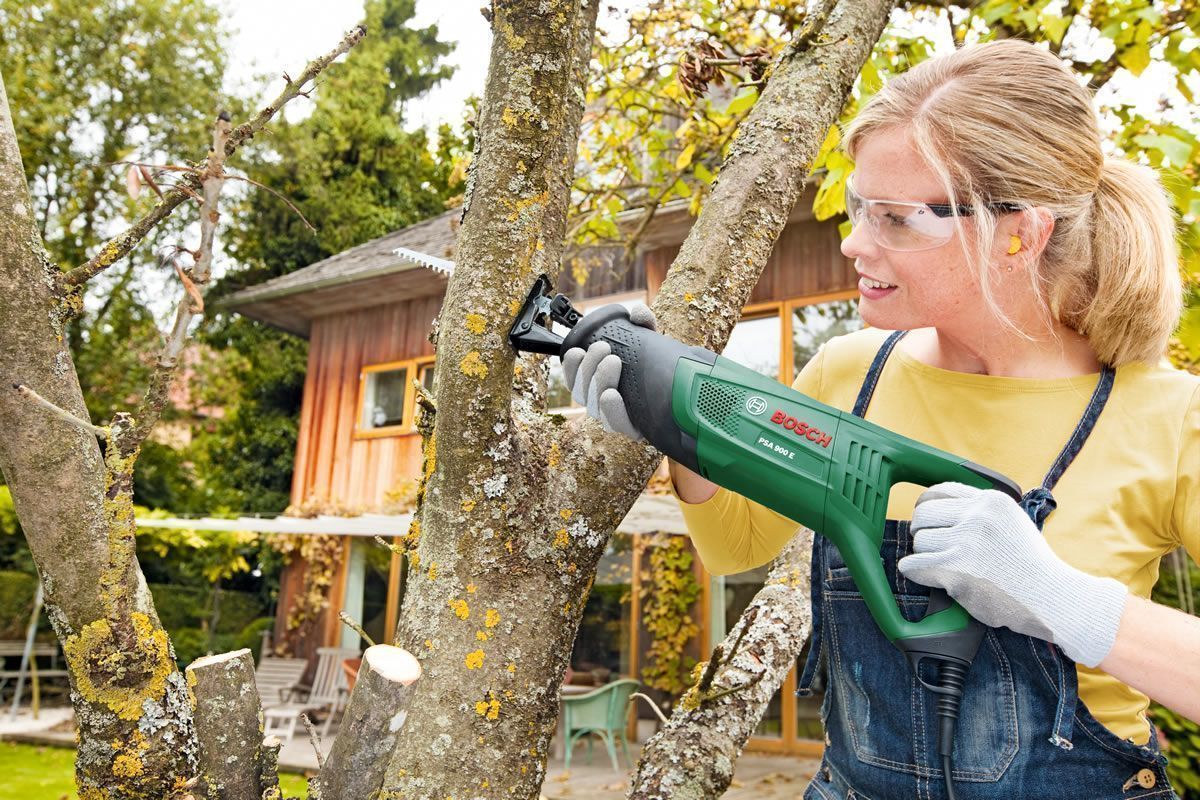Huawei Mate 10 Dual Sim smartphone: a year has passed, let's sum up

The Huawei Mate 10 Dual Sim smartphone - the subject of this review - has been on the market for a year now. It's time to take stock and consider the strengths and weaknesses of the phone.
A bit of history
Huawei traditionally puts Mate series phones as flagships of the range. And 2017 was no exception. This year, not one, but two new products from the manufacturer entered the market: Mate 10 and Mate 10 Pro.
Huawei Mate 10 smartphone - was released in October 2017. And almost immediately, the phone earned the respect of consumers thanks to its powerful body, good-looking appearance, high-quality images and a good price. In Russia, buyers have been able to purchase Huawei Mate 10 from November 2017 at an affordable price.
Almost a year has passed since the Huawei Mate 10 Dual Sim phone hit the market. And today we have the opportunity for almost a year's history to talk about its characteristics, consider its best and weaknesses, which manufacturers do not openly declare.
Specifications and equipment
| Parameters | Specifications | |
|---|---|---|
| Running | Declared | 2017, October |
| Status | Available. Released 2017, November | |
| Housing | Overall dimensions | 150.5 x 77.8 x 8.2 mm (5.93 x 3.06 x 0.32 in) |
| Weight | 178 g (6.28 oz) | |
| Assembly | Front / rear glass, all-round aluminum frame | |
| SIM | Dual SIM card dual sim | |
| Colour | Mocha brown, Black, Champagne gold, Pink gold | |
| Other | Dust and moisture insulation | |
| Screen | A type | IPS LCD, 16M colors |
| The size | 6.0 inches, 92.9 cm 2 (80.9% screen-to-body ratio) | |
| Resolution | 1080×2160 | |
| Multitouch | Front-facing multifunctional fingerprint reader | |
| Protection | Corning Gorilla glass | |
| Interface | Emotion UI— HDR10 Compliant | |
| Platform | operating system | Android 8.0 (Oreo) |
| Chipset | HiSilicon Kirin 970 | |
| CPU | Octa-core (4 x 2.4 GHz Cortex-A73 & 4 x 1.8 GHz Cortex-A53) | |
| GPU | Mali-G72 MP12 | |
| Specifications | CPU | HiSilicon Kirin 970 |
| Number of Cores | 8 | |
| Memory | Operational (RAM) | 4 GB |
| Internal | 64 GB | |
| Expandable | Without memory card slot | |
| Main rear camera | Dual | 20/12 Mp |
| Specifications | Leica optics, dual-LED dual-tone flash, panorama, HDR, autofocus | |
| Front-camera | Dual | 8 megapixels |
| Video | 1080p @ 30fps | |
| Sound | Types of alerts | Vibration; MP3, WAV ringtones |
| Playback | Yes, stereo | |
| Other | - 32-bit / 384 kHz audio; - Active noise cancellation with dedicated microphone; - Type-C - 3.5mm headphone jack. |
|
| Connections | WLAN | Wi-Fi 802.11 a / b / g / n / ac, dual-band, DLNA, Wi-Fi Direct, hotspot |
| Bluetooth | 04.02.2018 | |
| GPS | Yes, with A-GPS, GLONASS, BDS | |
| NFC | Yes | |
| Infrared port | Yes | |
| Radio | Not | |
| USB | 3.1, reversible connector Type-C 1.0; USB host | |
| Features: | Sensor | Fingerprint |
| Other | - Fast battery charging 4.5 V / 5 A (58% in 30 min); - DivX / XviD / MP4 / H.265 / WMV player; - MP3 / eAAC + / WMA / WAV / FLAC player - Document editor; - Photo / video editor; - Proximity and lighting sensors; - Temperature sensor; - Accelerometer; - Gyroscope; - Barometer; - Step counter; - Compass; - Magnetometer; - Lamp. |
|
| Battery | Non-removable Li-Po 4000 mAh battery | |
| Specifications | Performance | Basemark OS II 2.0: 3425 / Basemark X: 40232 |
| Number of Cores | 8 | |
| Display | 5.9 inch | |
| Resolution | 1440 x 2560 (499 PPI) | |
| Display technology | LCD | |
| Contrast | Infinity (nominal), 4.096 (sunlight) | |
| Flash | Dual-LED | |
| Sound | Voice 70dB / Noise 73dB / Call 84dB | |
| Sound quality | Noise - 93.5dB / Crosstalk - 93.4dB | |
| Clock frequency | 2.36 GHz | |
| Battery life | Endurance 96 h. |
Strict appearance
The design of the P10 / P10 Plus with rounded edges and a black body, in contrast to the beveled edges and matte metal facade of the Mate 9, found its development in the Huawei Mate 10.

The Mate 10 stands out for its rugged glass design, giving manufacturers a sleek, unique design. It amazes users with its harmonious fusion of glass and metal. Large screen diagonal.
The phone is powerful, comfortable, strictly balanced, symmetrical, beautiful. Nothing extra.
Decent criteria for choosing this particular phone will allow you to understand which phone is better.
Advanced materials and functional
Huawei Mate 10 is reliable, smart, nimble, adaptive, responding instantly to any user request. It is not by chance that it belongs to the category of "popular models".

Harmony of materials and functionality
HiSilicon's latest 10th process technology, Kirin 970, is equipped with 8 cores. It is paired with a Mali-G72 GPU and - for the first time for Huawei - a neural network processing unit (NPU), which enhances its AI capabilities.
The phone also has 64GB of internal storage and 4GB of RAM, with the former expanding by 256GB via micro-SD, but at the expense of a second 4G-compatible SIM card slot.
It should be noted the innovative technology of glass development. Equipped with a 6.0-inch Corning Gorilla IPS-LCD display with a resolution of up to 1440 x 2560, the phone is austere, beautiful and undoubtedly reliable. While it doesn't have the "popularity" of today's OLED displays, you don't have to worry about any of the infamous burning issues associated with other flagships.
Huawei has implemented a huge 4,000mAh battery in the Mate 10, which, when combined with the included fast charger, instantly gives you a day and a half with little or no charging time.
Just make sure you keep your phone away from water, as it doesn't have the same high-grade protection as its big brother, the Mate 10 Pro.
Phone Manager also welcomes the return, and when combined with the NPU and proprietary machine learning algorithm, the phone is able to recognize your usage patterns and improve productivity over time.
And for active, demanding games, the phone is suitable thanks to the powerful integrated graphics chip. The phone is so powerful that its fast image processing speed guarantees an impressive visual experience.
Unlocking is carried out with just one movement of the hand.
New heights - new problems - new solutions!
The Huawei Mate 10 is the first non-Google phone to launch with no shell Android Oreo, which covered the Huawei EMUI 8.0 OS.

The working process
EMUI is its usual comprehensive and self-configuring part. But you may run into small "quirks" that come along with how EMUI interacts with Oreo-native features. For example, using picture-in-picture mode with Google Maps results in unwanted scaling of the map itself, and the Delete function in the Gmail drop-down list may occasionally not work.
However, there are a number of EMUI-based features that users may find particularly useful. The most impressive of these is the built-in “Translator” feature. With the help of the device, the user can take a photo, dictate a phrase or write it down during a conversation in a foreign language. The "translator" translates into English (or another) language and overlays the translation on the drawing, replies with the translated version of the recorded phrase. Also, thanks to this function, you can translate someone's speech in real time, and the phone shows the result of the translation on the screen.

High quality photography
Huawei is proving its superiority over other models on the photography front. The way the phone takes pictures at night, in low light, can be seen in the incredible quality of the Leica Optics.
The phone's laser focusing provides good quality macro photography, and also allows you to shoot high-quality images both in the sun and in low light conditions.
Great natural screen with real colors. The classic 16: 9 aspect ratio provides a really large screen real estate.
One of the more challenging camera tricks is the 3D panorama mode. The 8MP front camera's intelligent mode detects multiple faces and automatically adjusts to a wide angle. As the phone takes pictures, you can fully experience all the Leica effects available to it with this flagship.
A camera without settings allows you to take pictures like inexpensive DSLRs. The camera software also benefits from the NPU, leveraging the ability to recognize everyday objects, adjust sharpness, and practice the popular bokeh.

Boke
The video quality is also very good, although it doesn't quite match the phenomenal still image capabilities of the phone.
Reliable battery

Harmoniously. Aesthetic. Functionally
The smartphone is equipped with a capacious 4000 mAh battery that supports fast charging, which ensures good battery life. If the device is turned off, it only takes 26 minutes to charge from 0% to 50%. A full charge cycle is no more than 90 minutes. Agree, the speed is impressive.
The hardware and software parts of the smartphone are maximally sharpened for minimum energy consumption. As a result, it is able to work for a long time on a single charge.
With an average level of use, the charge is enough for one day (enough for the Internet, and for SMS, and for social networks). And the length of the cord will allow you not to be "tied" to the outlet when charging.
You can use it not only for conversations, but also for games, and for viewing photos and videos. With very intensive use, it works 6 hours. With the battery optimization settings enabled, the phone will provide 5 hours of use during the day with 50% remaining charge.
Summarize
The Huawei Mate 10 is at the forefront of the quality phone rankings as it offers the consumer such impressive features as Hislilicon's latest AI-powered Kirin 970 processor, a gorgeous camera, the latest Android version, a striking, eye-catching design, a great battery and the ability to use the smartphone in PC quality. Reviews on the phone, if you watch them on the Internet, are positive. And if you are considering budget phones, then this model is for you.
- Memorable modern design;
- Ergonomics;
- Long lasting battery;
- High quality camera;
- Convenient firmware.
- Heavy weight (especially for a woman's hand) and slippery surface;
- Software is not the latest version;
- FM radio.

Conclusion: good!
While the phone is not perfect, manufacturers promise that it will only get better as Huawei invests more in the technology and the popularity of the models grows. And today it is a highly professional, competent and financially attractive flagship that can be purchased. How and on the basis of what criteria to choose a phone, we think, is obvious to you. We suspect that you already want to know how much this masterpiece is worth. The average price of a flagship is about 90,000 tenge or 34,000 rubles. Where it is profitable to buy - in Moscow, Almaty or Tokyo, for rubles, tenge, euros or dollars - you decide.
new entries
Categories
Useful
Popular articles
-

Top rating of the best and inexpensive scooters up to 50 cubic meters in 2024
Views: 97661 -

Rating of the best materials for noise insulation for an apartment in 2024
Views: 95022 -

Rating of cheap analogues of expensive medicines for flu and colds for 2024
Views: 91751 -

The best men's running shoes in 2024
Views: 87681 -

Top ranking of the best smartwatches 2024 - price-quality
Views: 85091 -

Best Complex Vitamins in 2024
Views: 84801 -

The best dye for gray hair - 2024 top ranking
Views: 82406 -

Rating of the best wood paints for interior use in 2024
Views: 77202 -

Ranking of the best action cameras from China in 2024
Views: 75269 -

Rating of the best spinning reels in 2024
Views: 74827 -

The most effective calcium supplements for adults and children in 2024
Views: 72463 -

Top rating of the best means for male potency in 2024 with a description
Views: 68296









